Things to do in Rome, Italy – a free audio travel guide (podcast)
Rome – the Eternal City. This free audio travel guide takes you through the tastes, sights and attractions of Rome alongside practical info on where to stay, getting around and where to go next. Discover the best things to do in Rome, Italy.
Rome Travel Podcast
To listen, hit play below or find episode 127 in iTunes, Stitcher or Soundcloud:
Where to Visit in Rome? What Neighbourhoods Will I want to Visit?
Modern Rome is huge and sprawling on both sides of the Tiber, but first-time tourists and short-term visitors will want to base themselves in “old Rome”.
The city has spread over time and is now immense, but you’ll want to see the sights in Piazza de Spagna, Via Veneto, Quirinal, Esquiline, Lateran, Caracalla, Aventine, Palatine, Forum, Capitol, Campo de Fiori, Piazza Navona, and Piazza della Rotonda, and then Vatican, Januculum and Trastavere on the west of the Tiber.
Rome: Quick Fact Box
Name: Rome or Roma
Place: Roughly in the middle of Italy, near the Mediterranean coast
Population: 3.5m in the urban area
Language: Italian, and the local dialect Romanesco
Known for: The Pope, gelato, architecture, world domination, and “what have the Romans ever done for us?”
Temperatures: Summer (June-August) is hot: 30°C+. The Winter average is 12°C, with occasional snowfall. Spring and autumn are the most pleasant times to visit
Airports: Leonardo da Vinci/Fiumicino International Airport (main airport, modern) and Ciampino International Airport (budget airport. Closes overnight, so check your transport and times carefully)
Price of a pint: €5
Price of a dorm bed: €20
Price of a public transport ticket: €1 for 75 minutes or €4 for a day
Where to Stay in Rome? Accommodation Options
If you’re going to be spending just a short time in Rome, it’s probably best to stay near the popular sites. Find yourself a hotel or hostel near the Pantheon and Campo de Fiori. The area around the Termini station is also convenient and in the right area.
Hostel beds tend to cost less than €20 a night but — depending on the quality of the establishment — prices can drop as you move further away from the centre; in fact, they get really cheap. Although it’s one of the world’s most popular tourist destinations, competition keeps prices in check for the lower- and middle- ranges of the market.
Even better value are the campsites out of the city centre, combining great facilities such as swimming pools and scenic country views with easy access by metro into the city. To see the full selection of Rome hostels on offer, check out our sponsors HostelBookers.com before you travel for user ratings, photos, and detailed hostel descriptions.
What to Eat in Rome? Glorious Food!
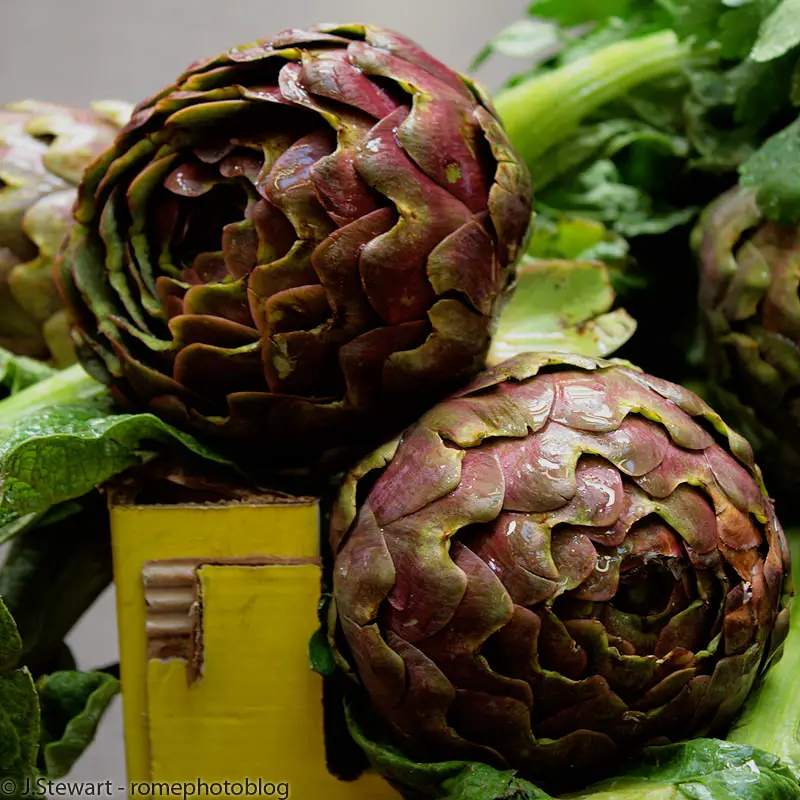
Although Italian cuisine is well-known worldwide, we tend to combine all sorts of regional specialties into a conglomerate.
Roman cuisine tends towards pasta, sauces, and cheeses with lots of deliciously prepared meat and vegetable dishes. One that caught our eye was Trippa alla Romana: a dish of tripe and tomatoes.
When buying coffee or gelato, you tend to order and pay at one counter before taking a receipt to another counter where people prepare your order. It can be a bit confusing if you’re used to ordering, eating then paying. Pizza to take away is sold by weight, so let the server know how much you want by indicating where to cut. Backpacking Rome is certainly a good way to put on some weight!
Transport in Rome, Italy
Public transport runs regularly and quite often. Buses, metro, and trams are all integrated in the public transport system, so you can hop on and hop off within your time period. The cheapest ticket is €1, which lasts for 75 minutes. If you’re doing more than four journeys, more than 75 minutes apart during the day, you can get a €4 daily ticket. Three, seven and 30-day tickets also exist, as do yearly passes.
The first time you use the ticket, validate it in one of the yellow machines on board. Make sure you hold onto it until you’re clear of the vehicle as ticket inspectors do operate. The same thing goes for trains, but validate your tickets on the platform before boarding.
What to do in Rome? Top Free Attractions
Vatican City and the Basilica of Saint Peter
You won’t need your passport to cross into the world’s smallest country, but you will need “modest” clothing as you will in most of the Mediterranean’s cathedrals, churches and mosques. Expect a long security queue then a bag search before you can enter to gaze on priceless artistic treasures and soak in the atmosphere amidst other shuffling tourists.
The Pantheon
One of the largest and best-preserved temples in Rome, the Pantheon is built in a circular pattern which may have inspired later Roman church builders. The “Oracular” or hole in the roof lets in rain during wet weather.
Villa Borghese
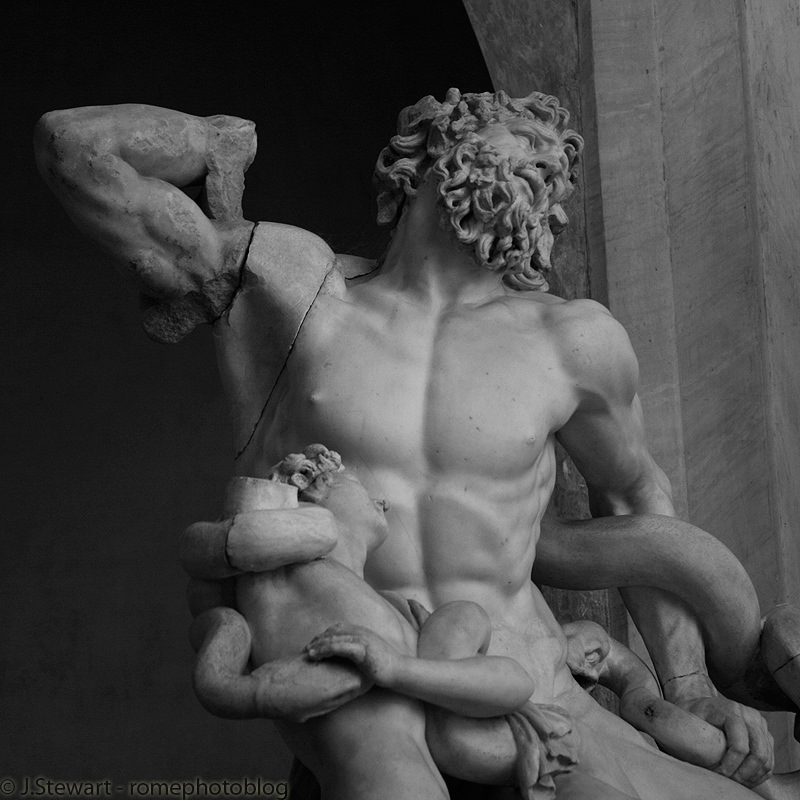
When the city gets too much, the public gardens of Villa Borghese provide a welcome retreat. The noise of traffic fades into the trees, but never quite manages to disappear. Stands of mature trees, sculptures, and an artificial lake make it nice place to sit and relax, or wander aimlessly.
Public art and architecture; fountains, churches, bridges, sculptures, etc.
It almost goes without saying, but just wandering the streets of old Rome is a treat in itself. Squares, fountains, buildings, statues, churches — they’re everywhere and, luckily, never too far away from a good cafe or bar.
Walking the Forum
The forum was the central area for legal disputes, political and philosophical discussion and worship in the many temples. Walking it nowadays is a treat which can be spoilt by the water-sellers offering €10 bottles of warm water, mimes and actors looking to charge you for a photo, and the other dregs of popular tourist sites.
We recommend reading up on ancient Roman history; at least as far as figuring out who many of these people, places and gods are before you show up. There’s little in the way of easy-to-find information on site.
What to do in Rome: Top Paid Attractions
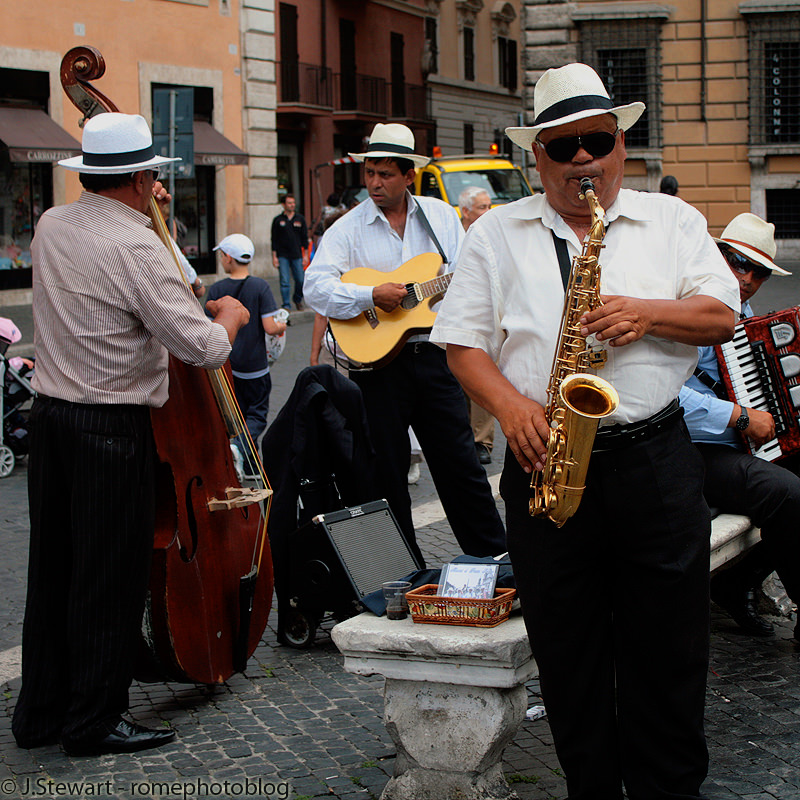
Colosseum
If you approach the forum by metro, which is probably the easiest way, you’ll be arriving at “Colosseo” and emerge near this icon. Built, expanded and used for gladitorial contests, it’s partially in ruins now. There are chances to take your classic photo from the outside and huge lines to get in. If your time is short, I’d advise skipping it but if you do go inside you can see the excavations which have unearthed the underfloor cages where animals and people were kept.
The Vatican Museum
The resources of the Renaissance church were thrown at bringing together this amazing collection of artwork and the design and building of what was the papal palace. The Sistine Chapel is within its walls and that alone almost makes up for the entrance price. If you go on the last Sunday of the month, admission is free.
Other tours operate around the Vatican, giving access to various places and sights.
What to do in Rome? Seasonal Attractions
Rome is always a popular pilgrim destination, but crowds swell at Easter and Christmas.
On Good Friday, the Pope leads the procession of the cross at the Colosseum; and on Easter Sunday he addresses the crowds in St Peter’s Square. At Christmas, the city is filled with nativity scenes and festive markets, culminating in a midnight mass at most churches and a blessing by the Pope in St Peter’s Square on the 25th.
If you’re brave enough to face the summer heat, you could attend various neighbourhood festivals or Saint’s days but Autumn is the party time with the cultural festival RomaEuropa, the White Night (La Notte Bianca) where art galleries and museums are open all night for free, the Marino wine festival and much more.
Best Guidebooks for Rome
With a culture- and history-heavy city like Rome, you’d expect Rough Guides’sangle to treat Rome well, and it does. Time Out Shortlist Rome has the best guide to nightlife and the eating, drinking, and party scene while Lonely Planet provides a solid background and good on-the-ground choices and tips for getting around.
Where to next – Where to go from Rome?
Being the capital, you can get pretty much anywhere from Rome. Trains run in all directions; budget and legacy airlines lead all over Europe and the world.
Craig recommends heading to Sicily for island life, rich fruits and wines, hiking in Mt Etna, and beautiful beaches and countryside. Linda recommends choosing a few cities to visit on the way north into Austria. Assisi, Florence, and Venice are all worth a visit, but picking a smaller one to stay in for a few days is a wonderful experience – one of our favourite places in Italy is a tiny town at the end of a winding bus route called Baiardo. And there are thousands of little gems like this throughout the country.
Special thanks to Jessica Stewart from Rome Photo Blog for supplying the photos for this episode; if you’ve been watching the iTunes enhanced version you should have seen them all.
Sponsored by Hostelbookers
HostelBookers is an independent budget accommodation website — run by travellers, for travellers! Our aim is to provide the best online booking service for backpackers and budget travellers that reflects the quality and value they deserve.
We’re proud to be the only youth hostel booking website that doesn’t charge a booking fee. And, with thousands of ratings and reviews from past guests, we offer customers a clearer picture of the facilities and feel of each hostel.
With HostelBookers you can book a cheap hotel, guesthouse, apartment or a youth hostel in Rome, and in over 2,500 other destinations around the world.
HostelBookers launched a brand-new website in March 2009, with enhanced travel guides, advice and information to help customers plan their trip, as well as book their accommodation.

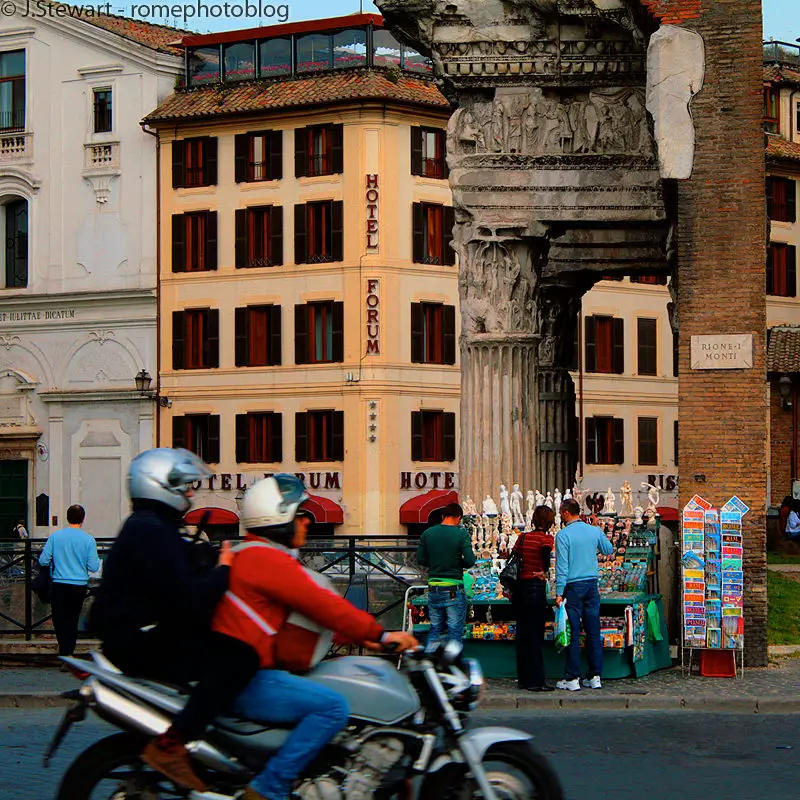

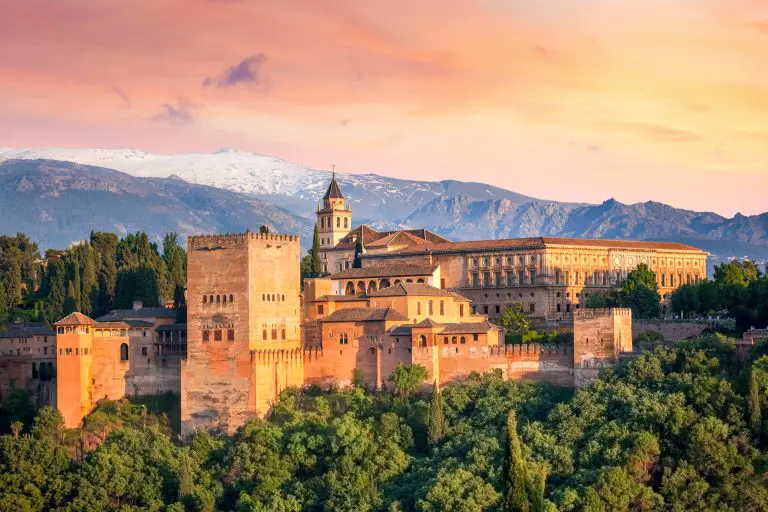


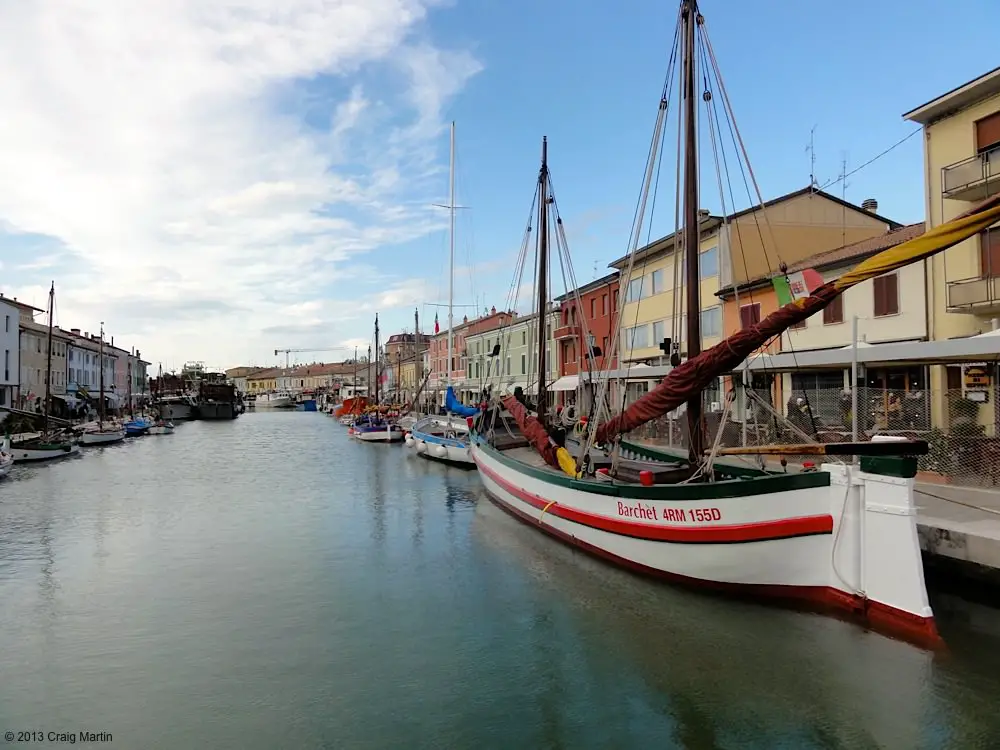


Hi Craig and Linda,
Thanks for including Spotted by Locals in your tips about Rome!
Happy travels, Bart
Nice tips! I would add: a great time to visit the Vatican museum is when the Pope is speaking in St Peter’s Square/Piazza — no line for the museum because everyone’s in the Square. When we were there, it was Wednesday mornings, but that was the former Pope. Also, one of the coffee shops across from Stazione Termini has the best cappuccino I’ve ever tasted — either the barista was using pixie dust or Italian coffee really is just better than anything in the U.S. (Most likely.) 🙂
excellent tips! thanks, as always, for sharing such great information.
@NomadShan – That’s a great point. Good thinking!
Well, this is something really well documented. Never been to Rome although I live in Europe. Been in almost any major city, but somehow I didn’t make it to Rome so far. I think this will change pretty soon 😉
Thank you.
Hey you two!
I was just listening to your Rome podcast the other night and remembered my own trip to Rome about two years ago. We heard about brief location-based tours called “Angel Tours” through some friends, and it ended up being really helpful. They were free (or rather pay-what-you-can), informal tours given by native speakers, and the best part was we almost always jumped whatever queue there was! The guide brought us to “secret” places out of the main traffic patterns where we could buy tickets to the Colloseum/Pallantine Hill/Vatican and get into the short line. The tours were very clever and informative, not painstaking or insulting to the intelligence in any form. I promise I don’t work for them.
http://angeltoursrome.com/
Thanks Emily – link is here, for those interested: http://www.angeltoursrome.com/
Hi Craig and Linda,
I would like to thank you for putting together this travel to Rome guide. I was born and raised in Europe but never had the chance to travel much. I just graduated college in US, and I will be going on a Euro trip in spring!
Obviously, Rome is one of my top destinations…the culture, history, and just fun to visit!
So thanks for putting this together, seems like i have what I need for a trip to Rome. I wasn’t familiar with your sponsor, HostelBookers, but it looks like a great website.
Cheers!